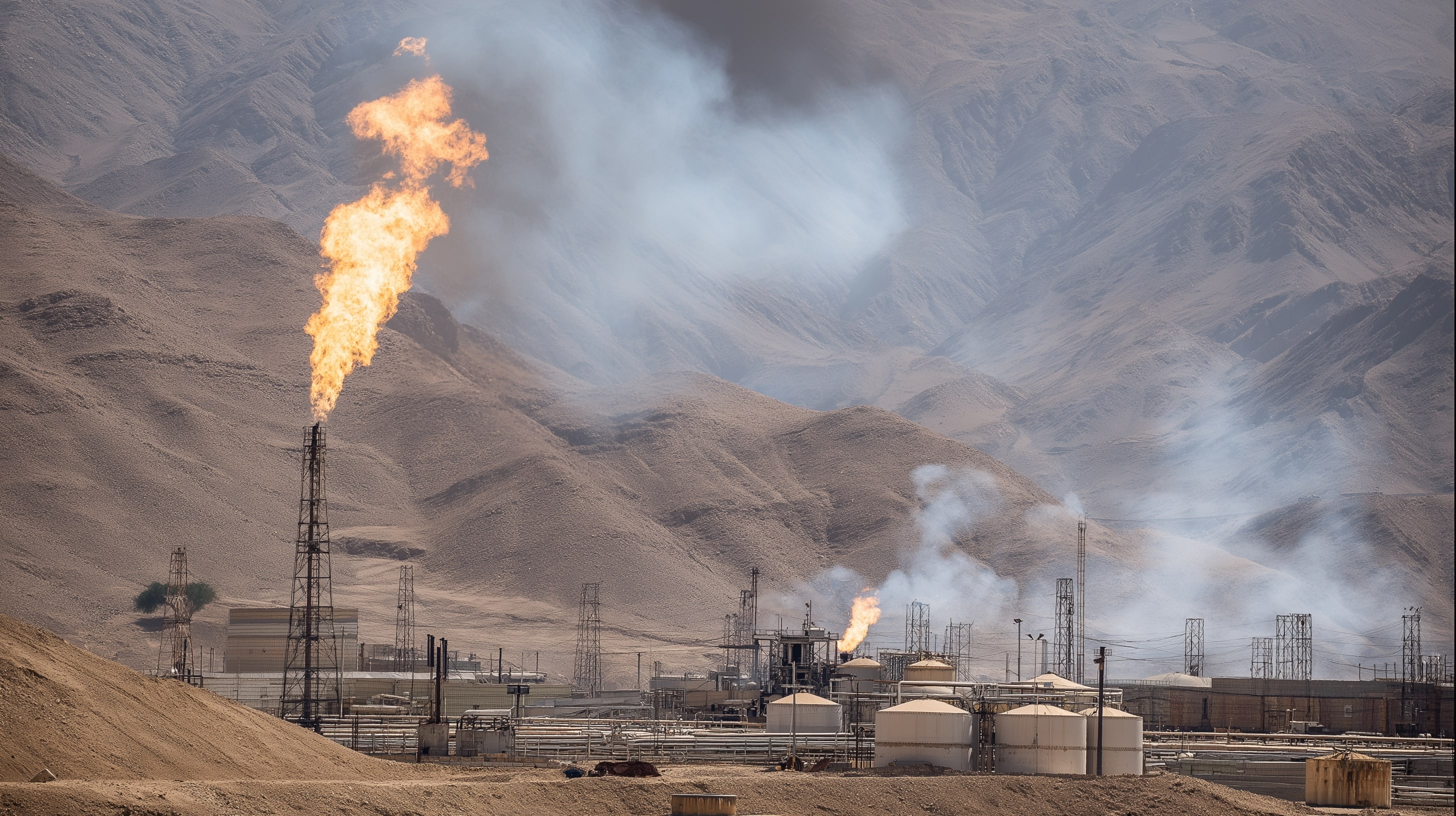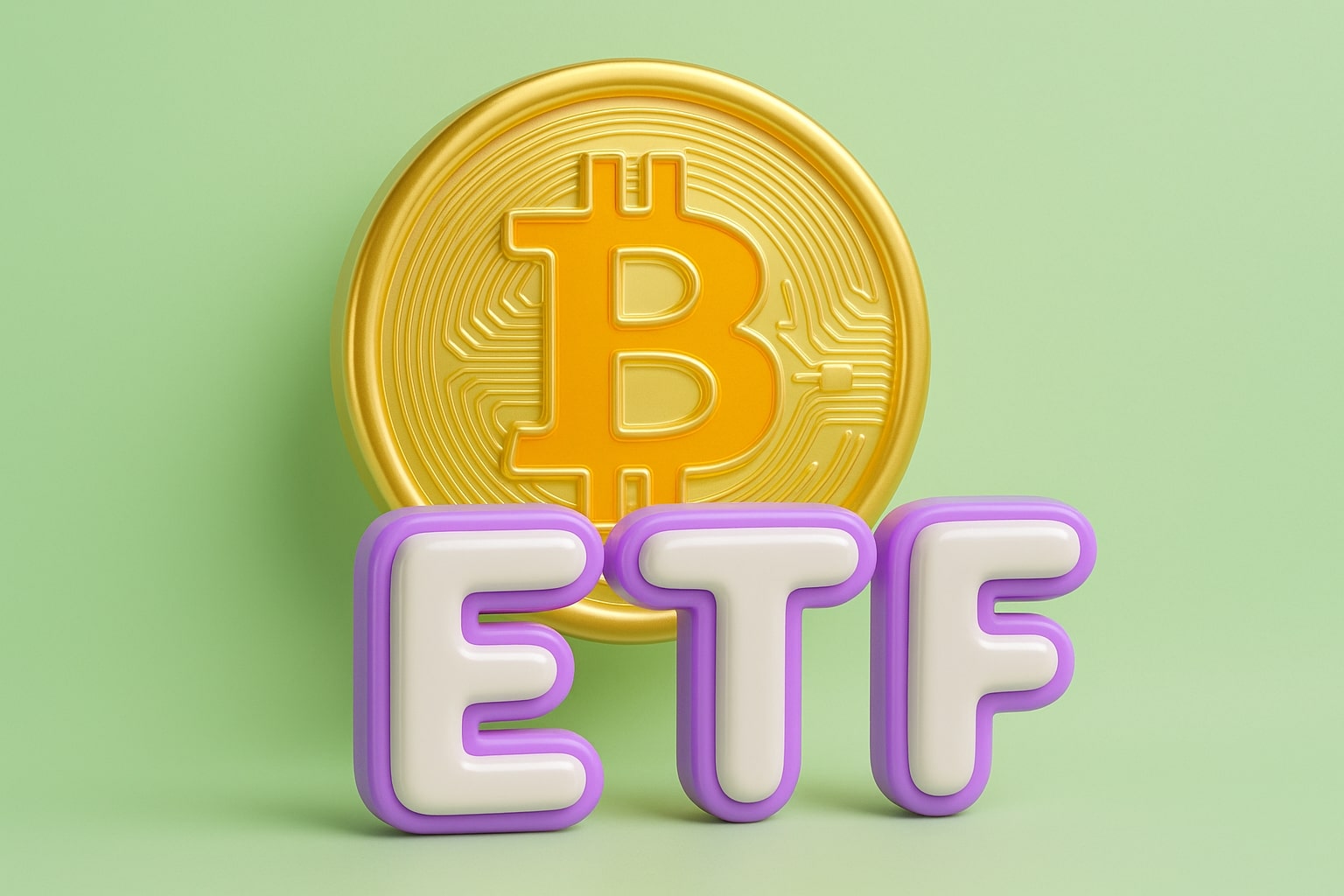
Natural Gas Price (NG=F) Rallies 6.4% to $4.85 on Cold U.S. Weather — Eyes on $5.25 Resistance
A weakening polar vortex, $8.5B in Japan LNG contracts, and U.S. rig declines tighten global supply as Natural Gas (NG=F) hits a three-year high | That's TradingNEWS
Natural Gas (NG=F) Surges Toward $5.00 as Cold Front and LNG Expansion Ignite Global Demand
U.S. Natural Gas Prices Hit Nearly 3-Year Highs as Cold Weather Tightens Supply
Natural gas futures extended their rally, with Nymex January delivery (NG=F) climbing 6.4% to $4.850/mmBtu, marking the strongest post-Thanksgiving advance since 2022. The move follows a significant weather-driven shift across the U.S. Midwest and Northeast, where heating demand surged into the low-40s Bcf/d, tightening fundamentals through the holiday period. Gelber & Associates noted a “meaningful tightening” in balances, while BOK Financial reported that inventories remain 4.2% above the five-year average after an 11 Bcf storage draw — a figure expected to deepen as the cold front intensifies. Forecast models show below-average temperatures persisting into early December, with traders now pricing in sustained winter strength rather than a short-lived spike.
Technical Breakout Resets the Trend Above $4.70 Resistance
The natural gas market completed a full bullish reversal structure in late November, breaking decisively above a 12-month descending trendline that capped prices since February. The base formed between $2.80 and $3.20 acted as the launching pad, producing a textbook ascending triangle breakout that drove price momentum into the $4.60–$4.70 resistance band. The key moving averages — 20-day EMA ($4.34), 50-day EMA ($3.91), 100-day EMA ($3.64), and 200-day EMA ($3.46) — have now aligned upward for the first time since early 2022, confirming a sustained uptrend. Momentum readings echo the technical reversal: RSI at 66 shows no divergence, while higher lows in both price and indicator suggest trend continuation. Price consolidation below $4.75 appears as digestion rather than exhaustion, with the next resistance cluster projected at $5.10–$5.25.
Japan LNG Contracts Reinforce Long-Term Bullish Demand Structure
Tokyo Gas’ new 20-year, 1 mtpa agreement with Venture Global has become a focal point of Asia’s structural demand for U.S. LNG. Alongside Mitsui, JERA, and Kyushu Electric, Japanese firms have now secured 8.5 mtpa of long-term U.S. supply, signaling a strategic shift away from Australia and Russia. The contracts, indexed to Henry Hub pricing, restore the U.S. to the center of Asian LNG diversification. The deals coincide with a rising global LNG demand curve linked to AI-driven data center consumption and grid electrification, both intensifying baseline natural gas needs. This long-term foundation ensures sustained export volumes even as domestic U.S. production fluctuates.
Rig Count Dynamics Show Structural Tightness in U.S. Production
According to Baker Hughes data, U.S. oil rigs have fallen to their lowest level in four years, while natural gas rigs have increased modestly but remain far below their 2021 peak. The Energy Information Administration (EIA) forecasts a 58% price rise for natural gas across 2025, reflecting persistent lag between higher prices and new drilling activity. Historically, similar lag phases have preceded multi-quarter bull cycles as producers struggle to ramp up quickly enough to meet seasonal and export demand. This production inertia, combined with cold-weather consumption spikes, explains why supply tightening precedes production normalization, a pattern now repeating across winter 2025.
European Gas Prices Diverge as Ukraine Peace Talks Calm Risk Premium
In Europe, benchmark TTF prices gained intraday but remain on track for a 2% weekly loss, as optimism over Russia–Ukraine peace discussions tempered panic bids. EU storage levels are 77% full, according to Gas Infrastructure Europe, down from 85% earlier in November but still adequate given warmer forecasts for early December. Despite the geopolitical premium easing, “investment funds remain increasingly bearish,” ING analysts observed. However, a sustained freeze or unexpected supply disruption could reprice this complacency sharply higher. The U.S. export channel stands to benefit from any renewed European drawdowns, providing further upside pressure for Henry Hub-linked contracts.
Weather Models Point to Volatility Expansion and Institutional Positioning
The polar vortex weakening event expected in early December could unleash Arctic air masses into North America, extending subfreezing conditions across key demand zones. This atmospheric shift, historically correlated with natural gas rallies, aligns with recent institutional repositioning. Large traders have reportedly entered $7/$10 March call spreads, betting that NG=F could double between now and February. Such positioning indicates confidence in both weather-driven demand and structural supply limits. Short-term speculators are also active via leveraged ETFs like BOIL (Ultra Bloomberg Natural Gas 2x), which surged 8.96% to $36.35, and UNG, which climbed 5.05% to $14.97 on Friday. While BOIL remains a short-duration momentum vehicle, its volume spike underscores retail participation alongside institutional buildup.
Support and Resistance Framework Defines the Next Price Leg
Immediate resistance lies at $4.89, the bullish trigger threshold identified by Barchart analysts, followed by the $5.10–$5.25 zone that marks the upper boundary of the prior distribution phase. A breakout above $5.25 would expose targets near $5.50, representing the top of the projected winter trading corridor. On the downside, the first support rests at $4.30, followed by $3.90, where the 50-day EMA converges with the former breakout apex. Any decisive breakdown below $3.60 would threaten trend integrity, but momentum and volume currently show little evidence of such a reversal.
Read More
-
VOO ETF (NYSEARCA:VOO) Climbs to $496.27 as $38B Fund Inflows and 8.4% Earnings Growth Propel S&P 500 Toward 7,064 Target
28.11.2025 · TradingNEWS ArchiveStocks
-
XRPI and XRPR ETFs Ignite $643.9M Inflows as XRP Supply Shrinks and Price Targets Shift Toward $3.80
28.11.2025 · TradingNEWS ArchiveCrypto
-
Oil Price Forecast - WTI (CL=F) Recovers to $59.23 While Brent (BZ=F) Steadies at $63
28.11.2025 · TradingNEWS ArchiveCommodities
-
USD/JPY Price Forecast - (FX:USDJPY) Stabilizes Near 156.20 as Tokyo CPI at 2.7% Fuels BoJ Hawkish Shift
28.11.2025 · TradingNEWS ArchiveForex
Institutional Bets, Seasonal Cycles, and Risk Profile
Institutional activity continues to amplify volatility. The call spread positioning targeting $7–$10 suggests that at least one major participant anticipates a 100% upside potential within three months — a rare degree of conviction in the futures curve. Seasonal traders typically accumulate natural gas positions in November–December, capitalizing on cyclical heating demand in major metros like Chicago, Boston, and Philadelphia. Given that NG=F has already rallied over 70% from its summer low of $2.80, tactical pullbacks are expected but viewed as buying opportunities while fundamentals remain tight.
Macro Crosswinds and Fed Dynamics Reinforce Energy Rotation
Macroeconomic conditions support continued energy strength. The U.S. 10-year yield at 4.018%, down from 4.70% a month ago, reflects easing financial conditions that historically boost commodities. The Dollar Index (DXY) at 96.84, its weakest since early 2023, further enhances dollar-denominated commodity appeal. Combined with rising geopolitical uncertainty and falling Treasury volatility, the environment encourages capital rotation into tangible assets like natural gas, gold ($4,256.40), and energy equities.
TradingNews.com Verdict
All leading indicators — technical, fundamental, and institutional — point to a sustained bullish setup for Natural Gas (NG=F). The convergence of long-term Japanese LNG demand, U.S. rig tightening, cold-weather expansion, and structural ETF inflows reinforces the probability of a continued rally. Near-term targets stand at $5.10–$5.25, with potential extension to $5.50 if the polar vortex event intensifies and export demand remains firm. Unless an abrupt warm shift breaks the heating trend, natural gas maintains a BUY rating, with strategic accumulation favored on dips toward $4.30–$4.40, and stop-loss considerations below $3.90 to preserve capital integrity.



















